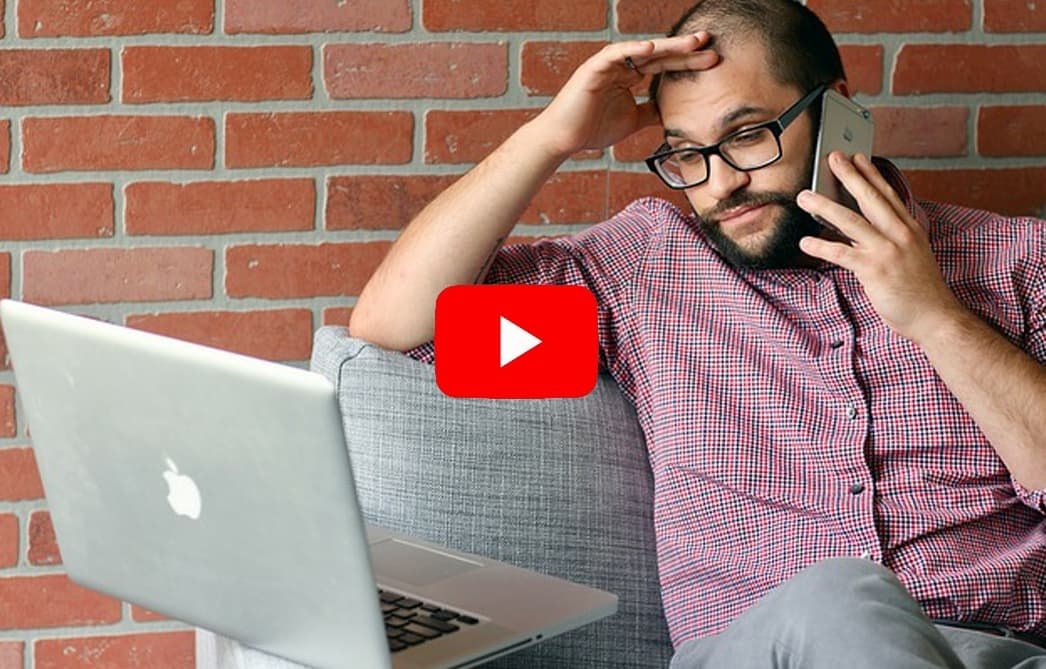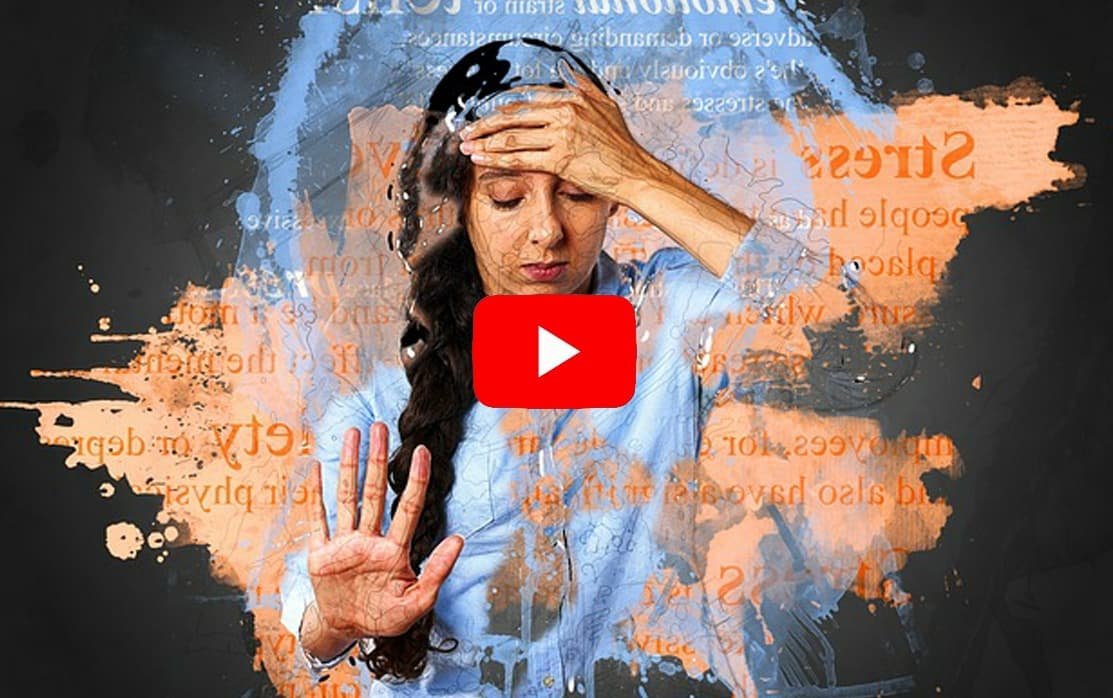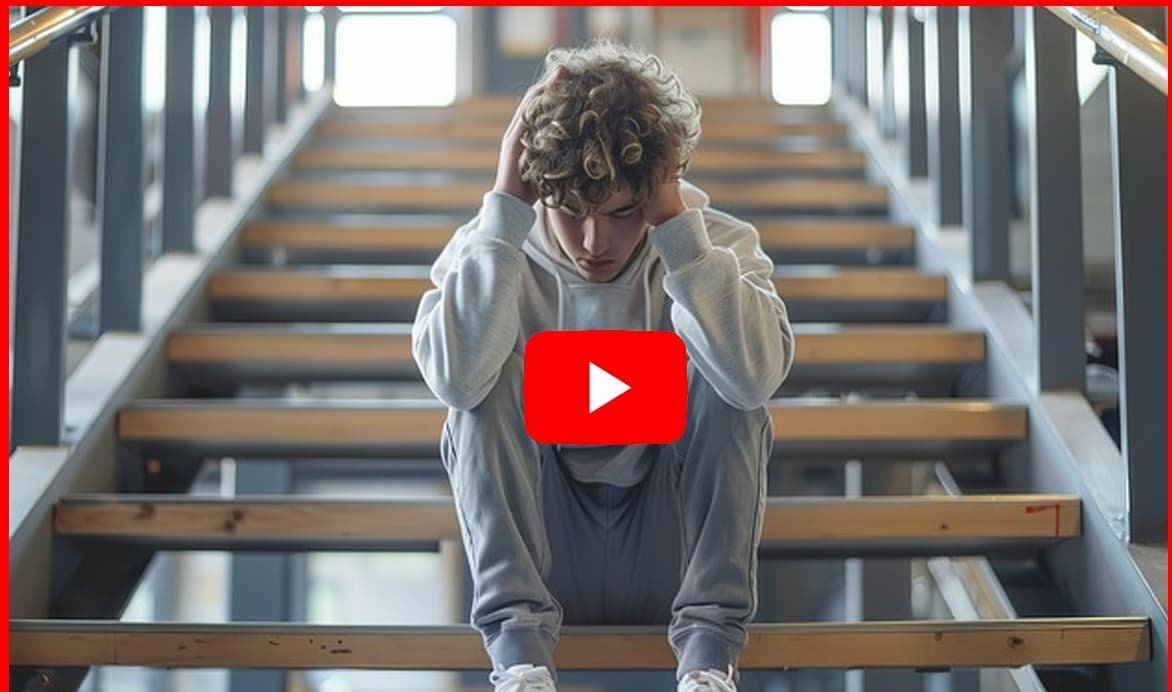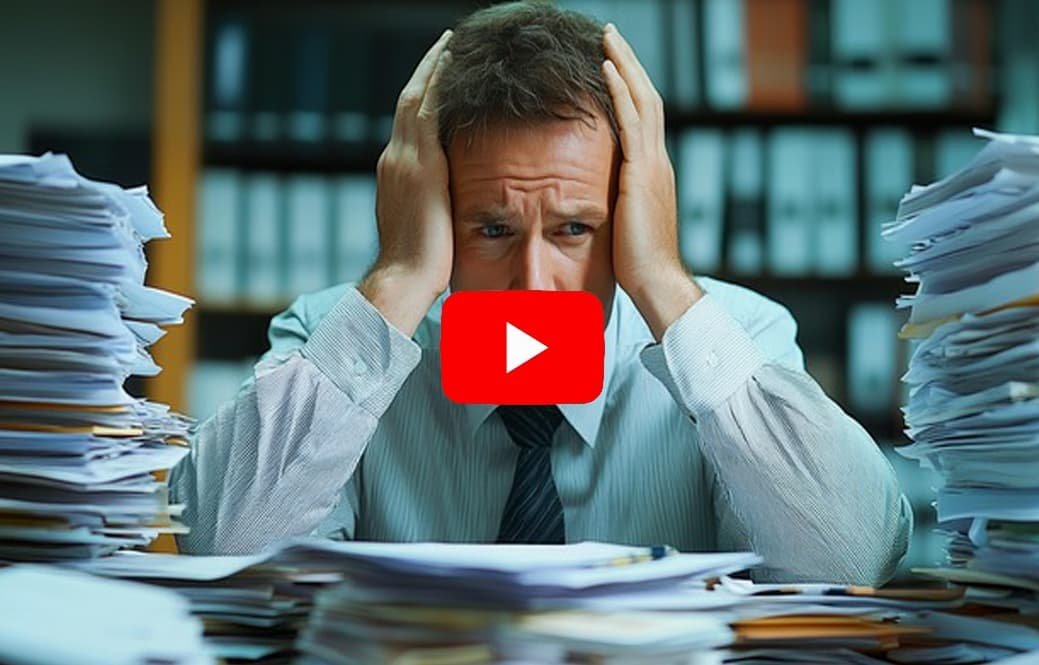Stress Management Techniques: Practical Strategies to Regulate Stress and Enhance Well-being
Stress has become the unwanted sidekick of modern living. Some of it is useful — that small push before a deadline, that nudge to prepare for a presentation. But when stress refuses to leave, when it settles in day after day, it turns toxic. Chronic stress can drain energy, muddle thinking, and wear down the body in ways both subtle and severe. That’s why learning to manage stress isn’t optional; it’s foundational for a balanced and healthy life.
The good news? You don’t need a miracle cure. A range of evidence-based strategies exist — adaptable, practical, and suited to all kinds of lifestyles. With consistency and a willingness to experiment, anyone can build a toolkit that keeps stress from spiraling out of control.
Mindfulness: Training Awareness to Tame the Chaos
Mindfulness is deceptively simple: pay attention to the present moment, on purpose, without judgment. But behind that simplicity lies a powerful tool. Practicing mindfulness makes you more attuned to early signs of stress — a clenched jaw, racing thoughts, that sudden knot in the stomach.
Instead of letting these signals snowball, mindfulness creates a pause. Through mindful breathing, body scans, or simply observing the environment with fresh eyes, you learn to respond with clarity rather than react on autopilot. Over time, this practice builds resilience, reduces emotional reactivity, and shifts perspective. Stress doesn’t vanish, but your relationship with it transforms.
Time Management: Regaining Control Over the Clock
A common source of stress isn’t the workload itself but the perception that time is slipping away. Time management skills restore a sense of control. Organizing tasks into clear priorities, setting realistic goals, and breaking large projects into smaller, doable steps reduces overwhelm.
Tools like digital calendars, to-do lists, or even old-fashioned planners give structure to the day. And just as important? Learning to say no. Declining non-essential commitments isn’t selfish; it’s self-preservation. The result is not just reduced stress but also a steady sense of mastery over daily demands.
Movement: Letting the Body Burn Off Stress
Few things regulate stress as naturally as movement. Exercise stimulates endorphins — the body’s feel-good chemicals — and lowers cortisol, the stress hormone. But beyond the biology, physical activity provides a mental reset.
It doesn’t have to be complicated. A brisk walk, a swim, dancing in your living room, or a yoga session all count. The key is consistency. Even 20 minutes a day can improve mood, sharpen focus, and build resilience against future stressors. Pairing movement with breathing or stretching enhances the benefits, creating a full-body release that leaves you calmer and more centered.
Social Support: The Power of Connection
Humans aren’t wired to handle stress in isolation. Strong social ties — whether with family, friends, or community — act as a buffer against life’s pressures. Sharing struggles with someone you trust lightens emotional burdens, offers perspective, and provides comfort that no app or checklist can replace.
When stress persists or becomes overwhelming, professional help is invaluable. Therapists and counselors offer tailored strategies, validation, and a safe space to unpack deeper issues. Seeking help isn’t a weakness; it’s an investment in long-term strength and well-being.
Relaxation Techniques: Resetting the Nervous System
When stress peaks, relaxation techniques act as an emergency brake for the nervous system. Deep breathing, progressive muscle relaxation, and guided imagery all activate the body’s parasympathetic response — the “rest and digest” system that counters adrenaline and cortisol.
Regular practice matters. Slotting a breathing exercise into a coffee break, listening to a guided visualization before bed, or taking two minutes for a body scan during the day teaches the body how to return to calm more quickly. Over time, these techniques become second nature, a reliable way to restore balance in stressful moments.
Building Your Stress-Resilience Toolkit
Managing stress isn’t a one-time project; it’s an ongoing process. What works today may need adjusting tomorrow. The key is consistency, patience, and personalization. Combine mindfulness with time management, exercise with relaxation, and social support with self-care. Build a toolkit that fits your life and evolves with your needs.
Stress will always be part of the human experience. But with the right practices, you can move through it with steadiness, protect your health, and live with more clarity and calm.
Meditation for Stress: Harnessing Inner Peace to Reduce Anxiety and Improve Mental Clarity
Meditation has become one of the most recognized and effective practices for reducing stress and cultivating mental clarity. Rooted in ancient wisdom yet widely validated by modern science, meditation trains the mind to focus, calm restless thoughts, and create space for inner peace. By learning to quiet the constant stream of worry and distraction, individuals can experience less anxiety, greater resilience, and a clearer sense of balance. This section explores different forms of meditation, their proven benefits, and practical steps to incorporate them into daily routines.
Focused Breathing: A Simple Starting Point
One of the most approachable meditation practices is focused breathing. This method involves bringing full awareness to the natural rhythm of the breath—its depth, flow, and sensation. Breathing acts as an anchor to the present moment, creating distance from stressful thoughts and emotional turbulence. Even a few minutes of practice can slow the heart rate, lower blood pressure, and calm the nervous system. Focused breathing requires no equipment or special setting, making it a portable, quick-response tool for stress relief anytime, anywhere.
Mindfulness Meditation: Training Awareness
Mindfulness meditation emphasizes observing thoughts, emotions, and physical sensations without judgment. Rather than trying to suppress or control inner experiences, practitioners cultivate acceptance and awareness of what arises in each moment. Over time, mindfulness strengthens emotional regulation, reduces reactivity, and builds resilience against chronic stress. Beginners can access guided sessions through apps, online platforms, or in-person classes, making the practice highly adaptable. Regular mindfulness practice not only reduces anxiety but also nurtures patience, clarity, and a profound sense of peace.
Loving-Kindness Meditation: Cultivating Compassion
Another powerful approach is loving-kindness meditation (Metta). This practice involves silently repeating phrases of goodwill and compassion—first toward oneself, and then gradually extending them to loved ones, acquaintances, and even difficult individuals. The goal is to replace negative emotions with warmth, forgiveness, and empathy. Research has shown that Metta practice can reduce feelings of anger, loneliness, and resentment, while enhancing social connectedness and overall well-being. By softening the heart, loving-kindness meditation supports not just stress relief but also deeper emotional healing.
Practical Tips for Daily Practice
The beauty of meditation lies in its flexibility—sessions can be brief yet powerful. Even 5–10 minutes per day can bring noticeable benefits. To build consistency:
-
Choose a regular time, such as upon waking or before bed.
-
Designate a quiet, comfortable space free from distractions.
-
Use meditation apps or guided recordings for structure.
-
Pair meditation with rituals like tea drinking, journaling, or light stretching to reinforce habit-building.
The Mind-Body Benefits
Beyond stress relief, meditation offers measurable physical benefits. Studies show it lowers cortisol levels, strengthens the immune system, improves sleep quality, and supports cardiovascular health. Psychologically, it fosters greater self-awareness, calmness, and emotional stability. When integrated into a holistic wellness routine, meditation becomes a powerful foundation for both mental and physical well-being.
🏆 Say Goodbye to Stress: Choose the Right Solution for a Calmer You
Exercise Reduces Stress: The Natural Power of Physical Movement to Enhance Mental and Physical Health
Exercise is one of the most powerful and accessible ways to reduce stress. Beyond improving physical health, movement triggers a series of neurochemical responses that soothe tension, elevate mood, and build resilience. In fact, regular physical activity is often referred to as nature’s antidepressant—and for good reason. This section explores how exercise helps regulate stress, the wide range of activities suitable for different preferences and abilities, and simple ways to weave movement into daily life.
How Exercise Alleviates Stress
When we move, the body releases endorphins—neurotransmitters that act as natural mood lifters and mild painkillers. These chemicals create feelings of relaxation and even euphoria, directly counteracting the effects of stress hormones like cortisol and adrenaline. Exercise also helps regulate sleep patterns, improves energy levels, and boosts confidence—all of which protect against chronic stress. While a single workout can provide immediate relief, the long-term effect of consistent exercise is even more powerful: a stronger, calmer, more resilient mind and body.
Types of Stress-Relieving Exercise
-
Cardiovascular activity: Running, swimming, brisk walking, cycling, or aerobic classes increase heart rate and oxygen flow, improving focus and clearing mental fog.
-
Strength training: Lifting weights, resistance bands, or bodyweight exercises (like push-ups and squats) not only enhance physical strength but also create a sense of accomplishment and self-confidence.
-
Mind-body practices: Yoga, tai chi, and qigong combine controlled movement with mindful breathing, calming the nervous system while improving flexibility and balance.
-
Playful activities: Dancing, hiking, or playing sports add an element of fun, making stress relief feel less like a task and more like an enjoyable break.
Making Exercise Part of Daily Life
Stress relief doesn’t require marathon workouts or hours at the gym. Small, consistent actions matter most. A 15-minute walk during a lunch break, a quick yoga session before bed, or a short dance routine in the living room can all reduce stress. The key is to:
-
Choose activities you genuinely enjoy.
-
Start small and increase gradually.
-
Mix solo workouts with social activities to boost motivation and accountability.
Movement as Emotional Release
Exercise is also a safe outlet for pent-up frustration and negative emotions. Physical movement provides structure, discipline, and a sense of achievement—qualities that strengthen mental resilience. For individuals with health concerns or mobility limitations, consulting a healthcare professional can help tailor safe and effective options that still deliver stress-relieving benefits.
Movement Is Medicine
The evidence is clear: regular physical activity is a cornerstone of stress management. Whether through vigorous workouts, gentle stretching, or joyful play, moving the body reduces tension, strengthens the mind, and fosters a healthier outlook on life. By treating movement as medicine, we can transform exercise from a chore into a sustainable habit—one that supports balance, well-being, and a calmer, more joyful life.
🏆 Say Goodbye to Stress: Choose the Right Solution for a Calmer You
YOU MAY ALSO LIKE:
Understanding Stress: The Complete Guide to Managing Your Well-Being
Stress Management Strategies for Better Emotional Well-Being
Why Stress Matters: Understanding Its Impact on Health and Well-Being
Mastering Stress: Proven Tips for a Calm and Focused Life
The Emotional Journey of Stress: How to Heal and Move Forward
Stress Reduction Strategies for a Peaceful and Balanced Life
Proven Stress Management Techniques for a Healthier, Balanced Life
Stress and Its Universal Impact: Understanding the Power of Stress on Daily Life
Stress Relief Tips for Everyone: Simple Ways to Create Balance in Daily Life








